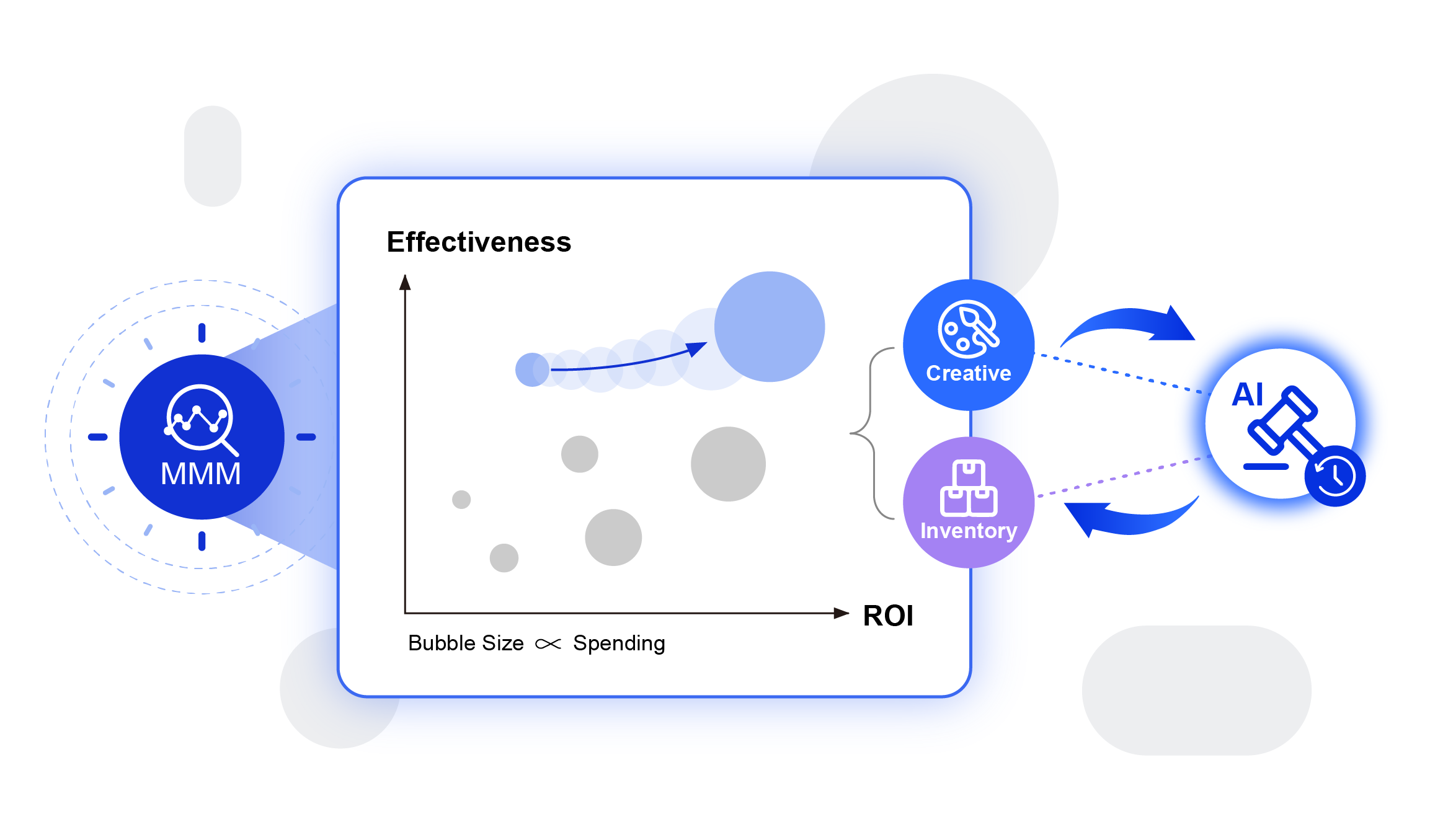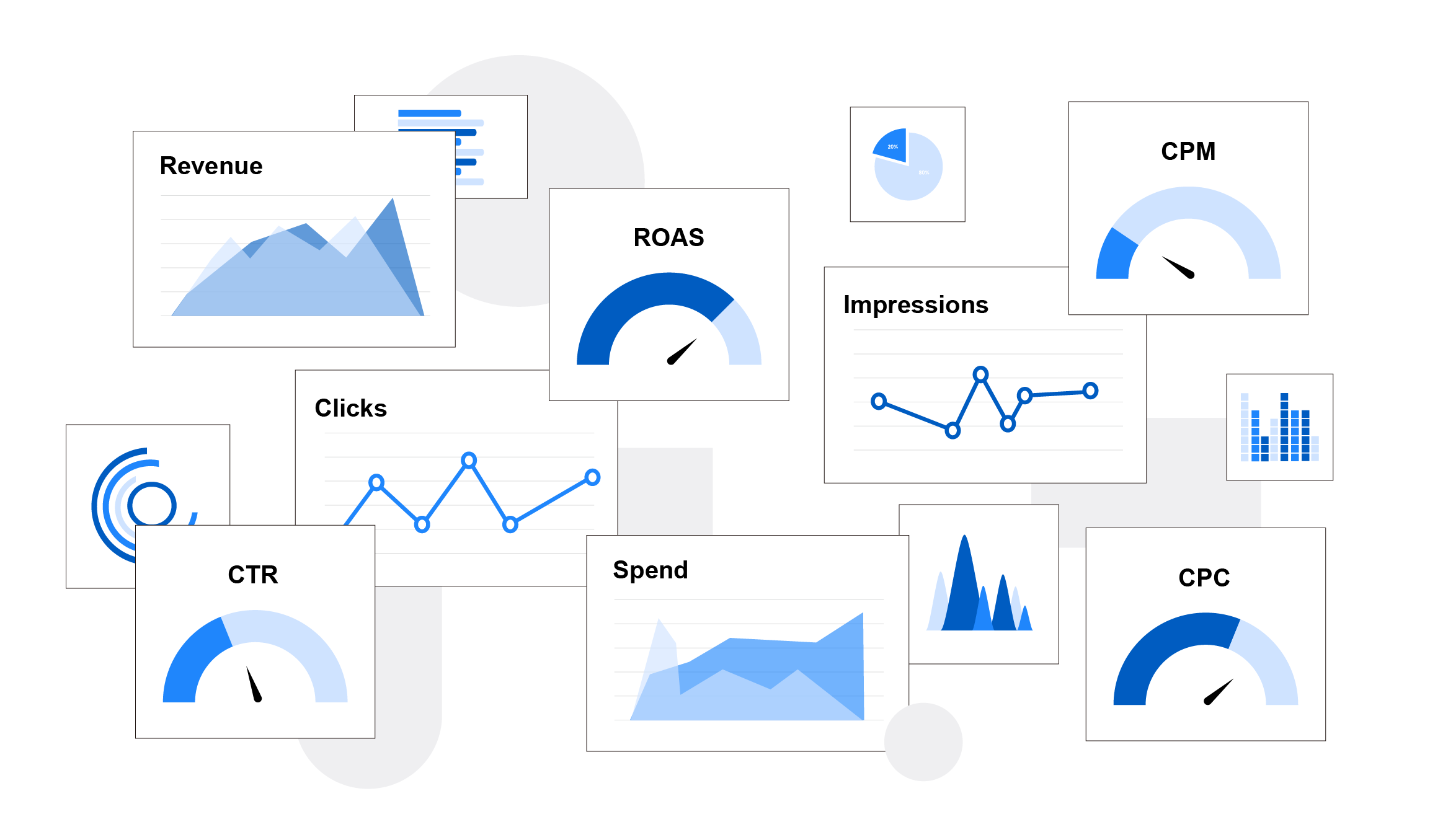4 min read
Contextual targeting is having a resurgence. According to a report by Business Wire , the global contextual advertising market is expected to grow to US$279.2 billion by 2025.
This revival is largely due to the impact of Europe’s General Data Protection Regulation (GDPR). It has also come about as the result of other announced changes such as Google’s scrapping of third-party cookies , which means advertisers and ad networks will no longer be able to track users across multiple sites to target them.
Such changes have been driven by increasing demand for greater privacy online. People want more transparency, control and choice over how their data is used. The result is that they are steadily putting an end to behavioral targeting as we know it.
Without the ability to track people around the internet, the once-preferred method of behavioral targeting might lose its technological backbone. The outcome is a shift back to contextual targeting – a shift that is also being propelled by new technologies driven by artificial intelligence (AI).
Understanding Contextual Targeting
What is contextual targeting? In the advertising world, contextual targeting is nothing new. In fact, it is an approach that has been used for years in print and TV.
Essentially, it involves putting the most appropriate ad in the right context. For example, placing betting ads in between big televised sporting events. Or, in a digital context, placing discount beauty products on a fashion or style website.
Where behavioral targeting involves grouping users with similar browsing patterns and targeting them with ads, contextual targeting works through matching keywords, topics and taxonomy. This can either be done manually or programmatically.
So, if you were running an ad for running shoes, then you might select keywords such as ‘running shoes’, ‘sports shoes’, and ‘sneakers’. Your ad is then placed on websites that include these central keywords.
There are several benefits to contextual targeting. It is highly relevant as it is related to content the viewer is already interested in and looking at. It also can reduce ad fatigue as the person only sees the ad in the right context.
More importantly, contextual targeting is privacy-friendly as advertisers can work with publishers to get similar data in a contextual or URL-based format without using cookies. This not only keeps brands compliant with the new regulations and changes, it also helps them gain a deeper understanding of customers’ content preference and interests for better personalization.
Interpretation and Brand Safety
However, while contextual targeting offers many benefits, it isn’t without issues. Targeting based purely on keywords and phrases isn’t foolproof. It has the potential to damage your brand safety if the content is not interpreted correctly.
For example, while an ad for cheap flights to Bali placed alongside a tourist info site on the destination might be effective, the same ad placed alongside a news article on drug trafficking could create a negative impression.
Luckily, advances in natural language processing (NLP) and other AI-powered technologies are helping today’s advertisers overcome the issues of brand safety and bad placement by enabling a better understanding of content – one that goes beyond surface-level keywords and phrases.
Tapping into AI-powered Technologies
Using NLP and deep learning algorithms to analyze contextual content such as text, speech, imagery, metadata and geo-location in real time and at scale. This can help you determine whether content is negatively or positively linked to your keywords and ensure your ad placement is relevant and timely.
This deeper analysis of the semantics of content is akin to what a human would do when deciding on contextual ad placement manually. Now, it is AI-powered computer brains that are the ones put to work to interpret nuanced meaning.
These additional content signals also give contextual targeting some of the benefits of behavioral targeting. By drilling deeper into the sorts of things consumers are looking for, these insights can help you deliver more personalized messages.
First-Party Data, Partnerships, and Creative
Beyond using AI to better understand content semantics, there are several other techniques you can use to boost your contextual marketing efforts.
For example, some advertisers are already leveraging audience data and context to find customers. By cross-referencing contextual data against your first-party data, it is possible to figure out customer content interests and create segments – a technique that stays within the limits of compliance.
Others are forming partnerships with publishers to gain insights into their audience. This allows you to blend real-time contextual segments with shopper intent signals. For example, a collaboration with Alibaba would enable you to target those who have recently searched for tech gadgets with relevant ads on the site.
And last but not least, one of the significant drivers to success in contextual advertising, as with any display advertising, is the quality of your ad creatives. With the best creative in the most relevant context, you are onto a winner.
As contextual targeting increasingly takes center stage, understanding how you can boost your efforts is a huge advantage. By addressing both the privacy issues associated with behavioral targeting and demonstrating contextual maturity, you can ensure the ads you serve are highly-relevant and effective.
* Do you want to know more about how to target your audience using interest, and how AI can elevate your advertising efforts? Get in touch with our experts today.



